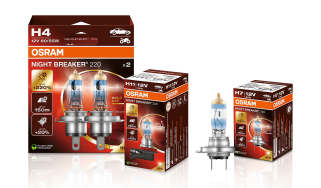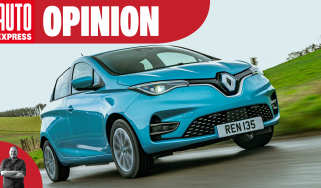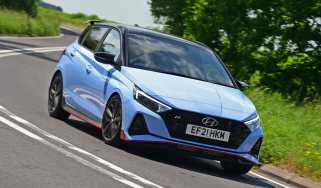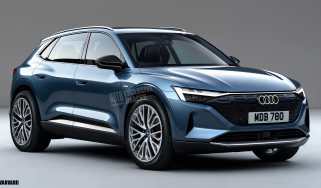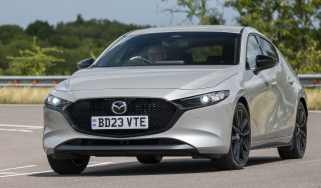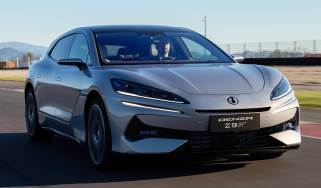Genesis Infotainment review: ccIC touchscreen tech tested vs rivals
Will the high-tech Genesis stand out in our test? We find out...
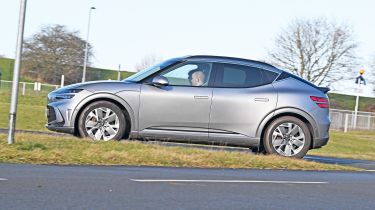
| Pros | Cons |
|
|
The Genesis interior is certainly classy, and a step above what you get with sister brands Hyundai and Kia in terms of material quality.
There are plenty of buttons beneath the twin 12.3-inch screens and on the centre console, so this is not a set-up that runs everything through the displays. That's much better for usability, especially on the move, but not as aesthetically pleasing as a button-free cabin.
The Genesis system, also used by Hyundai, is called ccIC, which stands for connected car Integrated Cockpit. The two screens arc across a single display, with the one in front of the driver giving the dashboard display information, and the central one controlling everything from media to sat-nav and vehicle settings.
Below the screen is a separate climate control panel, with buttons to adjust the temperature and demist, plus shortcuts to some of the more popular items on the touchscreen menu: map, nav, radio and media.
Then you have a volume control button and a handy, and increasingly rare, rotary dial. This controls the main infotainment screen and is much handier for making changes on the move. Behind the drive selector are more buttons, which control the parking sensors and auto hold, plus the heated/ventilated seats and heated steering wheel functions. Which, in contrast to what you might think, are nowhere near the climate controls.
The Genesis is a mixed bag: some things are really easy and others way off the best experience. There’s lots going on with the touchscreen, and delving into the menus takes a level of concentration that’s not ideal when you’re driving. Disengaging some safety systems involves having to focus on a little icon in the middle of the screen. There is at least a button on the steering wheel to disengage the intrusive lane-keep assist – if you know it’s there. Overall, it’s not the easiest system to jump in and learn.
But then the buttons are a redeeming feature. They're always easier to use than a touchscreen when you’re on the move because muscle memory and tactility are on your side, so you can operate them without taking your eyes off the road.
| Touchscreen task | Time | Ranking |
| Lane-keeping assistance task | 22.6 secs | 10th |
| Sat-nav task | 19.3 secs | 9th |
| Cabin temp. task | 2.3 secs | 1st |
| Heated seat task | 6.3 secs | 9th |
| Radio tuning task | 19.7 secs | 10th |
| Distracted lap time | Over 36 secs | 8th |
Test team views
- Dean says: “This is an example of the touchscreen not being great, and the button menus not being great either. The shortcut buttons only take you to certain menus and it's as quick to find the same menu on the touchscreen as it is to use the shortcut button. There is an iDrive-style controller, which we always say is better to use on the move than a touchscreen.”
- Shane says: “This is probably the trickiest system of all. There’s loads going on with a lot of menus, a lot of options, and the screen was also very sensitive and quite jumpy. When I went to turn off the lane-keep assist, I ended up knocking another button and the menu changed. The experience was very jittery and it felt like the most time-consuming system. I’d score it quite lowly.”
- Victoria says: “I didn’t love this one, even though you can clearly tell that someone thought about the design. There are lots of little graphics and illustrations, but they’re not very easy to see or understand. The radio was very hard to find from the map screen, and navigating from one section to another was tricky. But changing the heating was easy, because it had a separate dial.”
Display and navigation
- Destination: Small buttons make typing an address tricky, but you can use the clickwheel instead. Whichever method you choose, it takes a long time to type out.
- Settings: Some options, such as lane assist, run off the bottom of the display, so you have to scroll up to find them, which means they take longer to select.
- Home: Sweeping side to side scrolls through different menus, while the farthest left features a neat- looking minimalist map screen to reduce distraction.
What's the app like?
It’s a shame that Genesis models aren’t that popular, because most people won’t experience the joy that is the brand’s mobile app.
It’s incredibly easy to set up, and we like how seamless many of the remote functions are; being able to defrost your car’s windscreen at the tap of a button is undoubtedly a handy feature for cold mornings, while using our phones to open the charging port flap had us feeling like children with a new remote-controlled toy. Rivals have flashier graphics, but few beat the Genesis for functionality. It ranked in second place overall.
Best car infotainment systems: head-to-head test
- Best car infotainment systems test intro
- Ford SYNC 4 review
- Genesis ccIC review
- Mercedes MBUX review
- MG iSmart review
- MINI Operating System 9 review
- Peugeot i-Cockpit review
- Renault OpenR Link review
- Skoda Navigation review
- Tesla UI review
- Volvo Android Automotive review
- Best car infotainment systems test results
Our dealer network has 1,000s of great value new cars in stock and available now right across the UK. Find your new car…
Find a car with the experts

